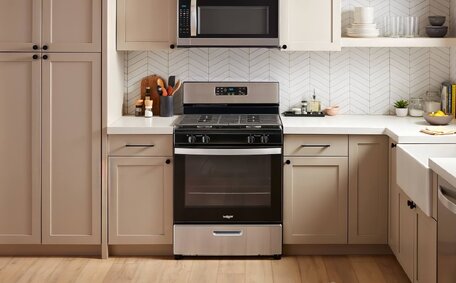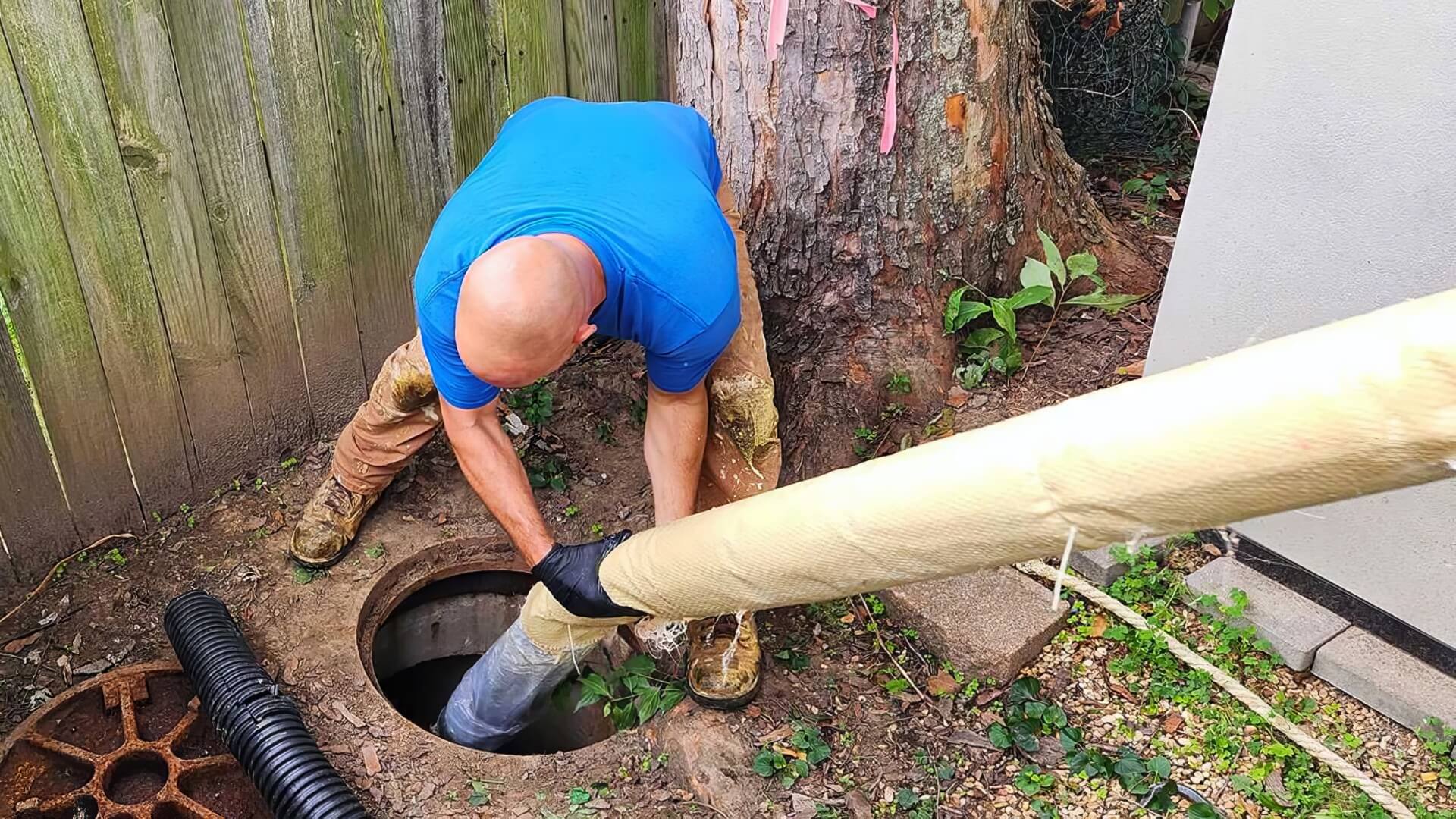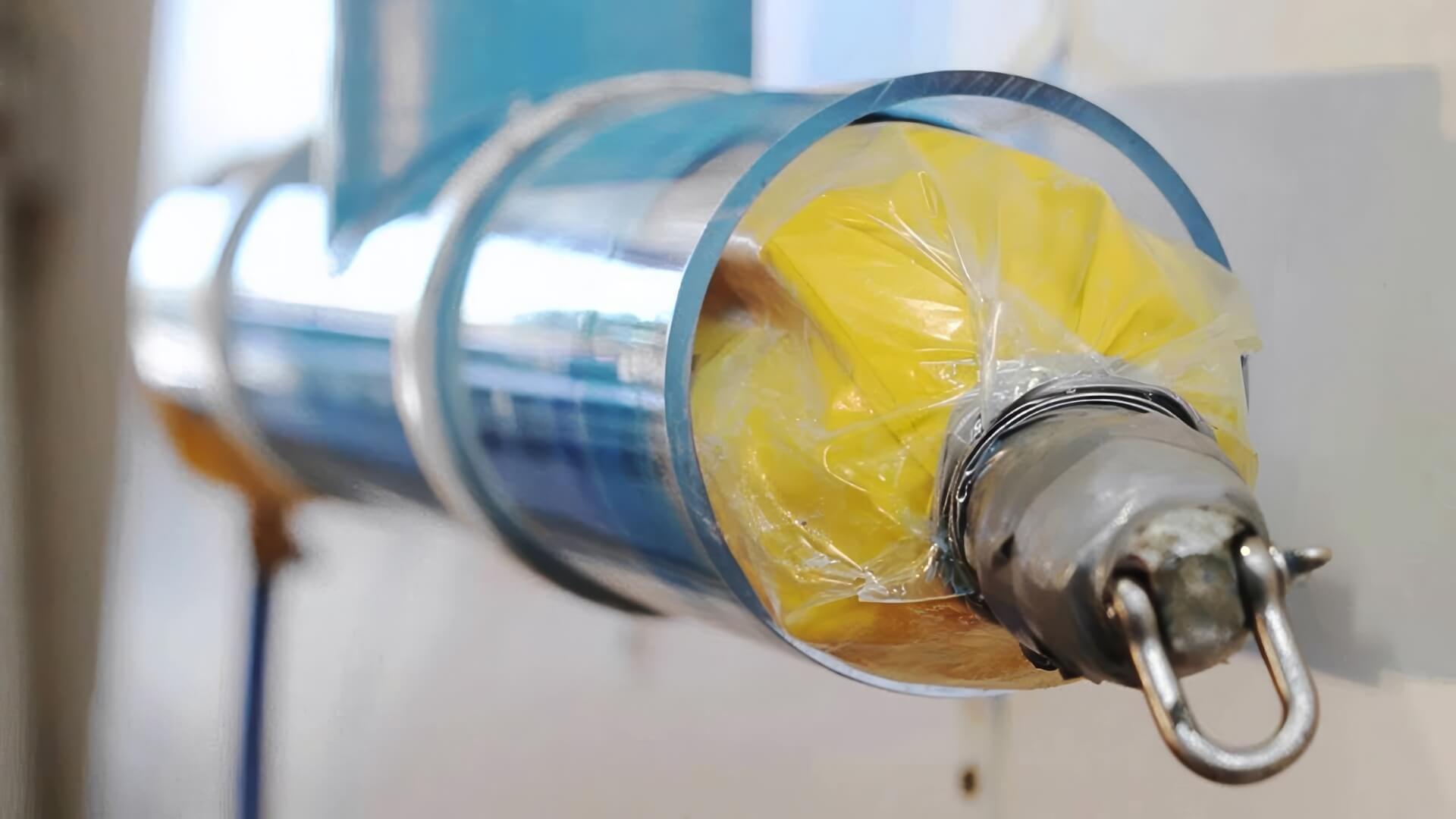Understanding Hot Water Temperature Regulations and Safety Standards
Maintaining the temperature of your hot water at proper levels is crucial for ensuring both safety and energy efficiency. Water exceeding 65 degrees Celsius from a hot water tank poses a severe burn risk within seconds.
Australian plumbing regulations stipulate that hot water systems should maintain a temperature between 50-60°C to inhibit bacterial proliferation and reduce the risk of scalds.
Maintaining water temperature at 60 degrees Celsius optimises safety and efficiency, reducing heat loss and eliminating harmful pathogens.
Although most systems permit thermostat adjustments to regulate temperature, enlisting a licenced plumber is advised to mitigate hazard.
Ensure safety by conducting annual TPR valve tests, replacing sacrificial anodes in electric hot water systems every 5 years, and fitting tempering valves at all hot water tap outlets. Adherence to regulations and professional maintenance is key in ensuring optimal safety and performance of your hot water heating process.
Inspecting Key Components: Sacrificial Anodes and TPR Valves
The sacrificial anode and Temperature/Pressure Relief (TPR) valves are vital for the safety and lifespan of Australian hot water systems. Sacrificial anodes, metal rods positioned in the water tank, corrode in place of the tank, averting deterioration. As they erode, tanks become vulnerable, so sacrificial anodes should be inspected every 5 years and replaced as needed.
Temperature pressure relief valves automatically release excess heat and pressure in the water your heater contains, which helps prevent dangerous buildups. A well-functioning TPR valve, indicated by free water flow, can prevent catastrophic failure.
Regular testing, involving a short flushing of the valve by lifting the release arm to verify function, is pivotal. Biannual TPR valve checks are essential to prevent the risk of explosions due to failure.
An annual professional inspection of anodes and TPR valves is crucial for hot water system safety. Malfunctioning components can have severe consequences like scalding, floods or property damage. Professional maintenance reassures that your system will not pose a risk to your household.
Testing and Replacing TPR Valves
It is essential to test TPR valves to confirm your hot water heater accurately manages excessive heat and pressure. To test and ensure the hot water heater temperature safety, firmly lift and release the relief valve lever at least once every 6 months, confirming that water coming out is at a safe temperature. This can allow water flow to proceed in a small rush, momentarily opening the valve and ensuring clear passage through the system.
Immediate valve replacement is necessary if no water is discharged during testing.
Replacing faulty TPR valves in a solar hot water system prevents catastrophic failures or explosions. Contact a professional plumber, as attempting new hot water system repairs yourself risks severe burns. TPR valves typically need replacement every 2 years to prevent malfunctions due to corrosion.
When testing or replacing TPR valves:
- Turn off power to your gas water heating system
- Let the water cool completely before beginning
- Place a bucket beneath the valve to catch the off water
- Make sure the valve lever moves freely when testing
- Install the new valve with the same pressure rating
Neglecting a defective TPR valve could lead to water system failure and disrupted hot water availability. Minor valve maintenance is critical for safely heating water and ensuring proper water usage in your system by releasing excess heat or pressure before disaster strikes. Rely on our licenced Cherrybrook plumbers to properly test and replace your TPR valve, ensuring household safety.
Adjusting Water Heater Thermostat Settings
Calibrating the thermostat regulates water temperature, ensuring it remains within the safe 50-60°C range. You should adjust your water temperature using the thermostat, typically located near the bottom or side of the unit. Gently turn the dial to set the temperature to your desired level.
Correct thermostat settings prevent overly hot temperatures, conserving energy and reducing mineral buildup. Excess heat that’s higher than the desired level can require you to lower temperature settings, so water isn’t too hot, which strains valves, seals, and can compromise system integrity. A maximum temperature set too high, beyond the 65°C mark, severely risks scalding.
Setting the temperature too low may result in lukewarm water that encourages bacterial growth and compromises water quality.
After adjusting, turn hot water on at a tap for a few minutes until the temperature stabilises, then use a thermometer to double check it matches your thermostat setting. Annual tuning of your hot water systems by a professional ensures safe, efficient operations.
Installing and Maintaining Tempering Valves
Tempering valves blend hot and cold water to produce a warm output, safeguarding against unintentional scalds by moderating the temperature. They contain a thermal actuator that can help prevent temperature inconsistencies by automatically adjusting the mix of hot cold water to maintain a consistent outlet temperature even as pressures fluctuate.
Proper installation and upkeep of tempering valves are essential for consistent safe water temperatures. Position the valve so hot and cold supply lines enter the marked inlets.
Strict adherence to the manufacturer’s installation guidelines near taps or showers ensures functionality. Install isolation valves to easily service the tempering valve later.
To maintain a tempering valve and ensure the water remains at a safe 50 degrees Celsius:
- Perform temperature checks on the outlet monthly with a thermometer to ensure it remains within the safe range of 50-60°C
- Inspect the valve annually and replace internal seals if worn
- Descale the valve if flow becomes restricted
- Ensure hot and cold supplies remain adequately pressurised
A small drip through the valve when the tap is closed can also indicate it’s functioning normally. Contact a licenced plumber immediately if outlet temperatures exceed safe levels or you notice issues. They can test operation, replace worn parts or install a new valve if required to keep your household safe.
Recognizing When to Call a Professional Plumber
Professional servicing is necessary for maintaining optimal water heater temperatures safely and efficiently. Immediately seek qualified plumbers if you encounter issues with your hot water system, such as:
- Hot water exceeding 50C poses a scalding hazard
- Strange noises or rumbling from the water heater
- Visible corrosion or leaks around hot water heaters
- Emptying the tank without recovering hot water
- Failure of TPR valves to release when tested
Have regular maintenance checks yearly to ensure water too ion-saturated doesn’t corrode sacrificial anodes, to check the dip tube, flush sediment, test valves and adjust thermostat settings. Our licenced Cherrybrook plumbers specialise in servicing all types of hot water unit requirements:
- Replace worn parts like heating elements in electric water systems or thermostats
- Descale mineral deposits in pipes and tanks
- Install tankless water heating systems like energy-efficient continuous flow units when repairs become uneconomical
- Ensure optimal performance and safety through professional servicing
Avoid taking risks when dealing with your complex gas electric hot water system, and seek professional assistance. Our qualified local technicians have the expertise to troubleshoot issues and keep your hot water operating safely. Contact us anytime on 1300 349 338 or email jobs@cherrybrookplumbingservices.com.au.
Following Hot Water Safety Best Practices
To uphold hot water safety, consistent vigilance and proactive maintenance are indispensable. Advise young children elderly to avoid unsupervised use of hot water to mitigate the risk of accidents.
Always manually check the water to ensure it is at a safe temperature for use.
Perform Conduct monthly water heater inspections to detect leaks, corrosion, odd noises, or valve problems. If issues arise, turn off water supply to the hot system immediately and call a professional.
Ensure your water temperature consistently stays within the safe bracket of 50-60°C.
Have a licensed plumber annually test all valves and safety components. Replace sacrificial anodes every five years, even if not heavily corroded. Flushing sediment and descaling pipes should also occur yearly for optimal performance.
Consider installing thermostatic mixing valves near baths, showers, sinks and other frequently used hot water points. These automatically blend hot water to safer temperatures, reducing scalding risks.
Avoid DIY attempts with hot water systems; rely on us for installations, repairs, replacements, or routine maintenance.
Our skilled local Cherrybrook plumbers ensure your home’s hot water safety and efficiency.






